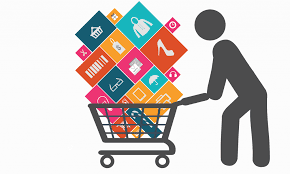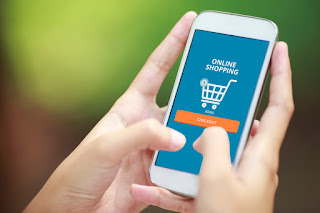Shoppers May Shun Retailers with Poor Product Suggestions

Excerpt from an article by Krista Garcia To read more, visit eMarketer "Email marketing is one of the most evergreen retail tactics. It's also one of the most targeted forms of messaging since recipients opt-in and often provide solicited information or preferences. Despite these factors, personalization can still be hit or miss. An April 2018 Evergage and Researchscape International study found email content was by far the channel that more US marketers personalized, cited by 71% of respondents. Personalizing home pages (45%) and landing pages (37%) were a distant second and third. When asked how email was personalized, 76% of respondents said they use a first name in the message or subject line. Just over half recommend products based on audience segment, while one-quarter suggest products on an individual basis."















